The hoot of the great horned owl
You’ll recognize it by its size – its wingspan is 150 cm, or about 59 inches – its yellow eyes and its head with long feathery ear tufts, or “horns”. The American great horned owl is found throughout the Americas, from the tree line in the north to the Straights of Magellan in the south. Its habitat is highly diverse: forests, swamps and marshes, prairies and urban areas. Its deep hooting, a “hoo hoo hoo-oo-o” can be heard starting in mid-winter when the bird begins its reproductive season and tries to attract a partner.
The great horned owl often reuses the old nests of ravens, crows and other birds of prey: platforms of twigs found in trees or on cliffs. It also nests on building roofs or directly on the ground. Its single annual clutch has up to five eggs. If food is abundant, and with a bit of luck, most of the young will live thirty or so years, while remaining fewer than 80 km from their place of birth.
This formidable predator prefers to hunt at night, although it is sometimes active in the daytime. With its piercing vision and exceptional hearing, it easily detects movements in the near-dark and can discern the faintest sounds. To compensate for the fact that its eyes are fixed in their orbits, the bird is easily able to look around by turning its head through almost 180 degrees. The disc of feathers that surrounds its face concentrates sounds towards its ears like a parabolic dome.
The feather “horns” play no role in hearing, but may help with camouflage by breaking up the silhouette of the bird, or may be a means of visual communication in expressing its mood. The fact that they are evocative of the devil’s horns may explain the unwarranted reputation as an evil spirit from which the bird sometimes suffers. For many peoples, on the contrary, the great horned owl and other owls symbolize wisdom and reflection.
This owl hunts from a lookout. Perched on a branch, it watches as a prey passes by, swoops down without warning and grasps it with its long, sharp claws. It may also attack a bird in flight. Its movement in the air is particularly silent. Like most owls large and small, the great horned owl has feathered legs and feet; the attacking edge of its wings and the ends of its feathers are equipped with thin, thread-like barbs that muffle the sound of the air’s friction and allow the bird to fly silently.
The varied diet of this owl includes not only small mammals, voles, mice, squirrels, hares, rabbits, skunks and occasional wandering cats, but also reptiles, amphibians, other birds, ducks, grouse or pheasants, and large insects. The undigested remains are regurgitated as balls of feathers, bones and fur, which can be found under perches they use often. Examination of these balls allows researchers to identify the prey consumed. Crows take a malicious pleasure in mobbing this owl, allowing us to spot this otherwise almost invisible, almost silent, bird.
Since 1966, the populations of great horned owls have diminished by 76 per cent in Canada. This reduction is attributed to urban sprawl and to intensive agriculture, responsible for the disappearance of the small wooded areas, clearings and fallow fields favoured by this impressive bird.
For how many more years will we have the pleasure of hearing the hoot of the great horned owl?
More from this author by clicking on his photo below.


Jacques Prescott131 Posts
Jacques Prescott est biologiste, professeur associé à la Chaire en éco-conseil de l’Université du Québec à Chicoutimi. Spécialiste de la biodiversité et du développement durable, il est l’auteur de nombreux livres et articles sur la faune et la conservation de la nature. Il nous fait l’honneur de rejoindre notre équipe de collaborateurs et signera chaque mois une chronique intitulée Faune et flore. / Jacques Prescott is a biologist, associate professor with the Chair in Eco-Counselling of the Université du Québec à Chicoutimi. A specialist in biodiversity and sustainable development, he is the author of numerous books and articles about wildlife and nature conservation. He has honoured us by joining our team of contributors and will write a monthly column entitled Wildlife and Habitat.
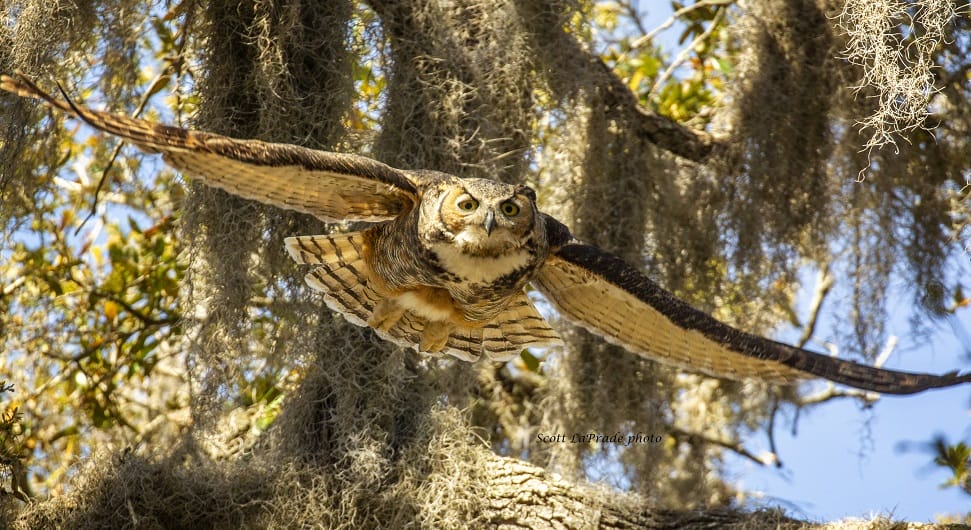


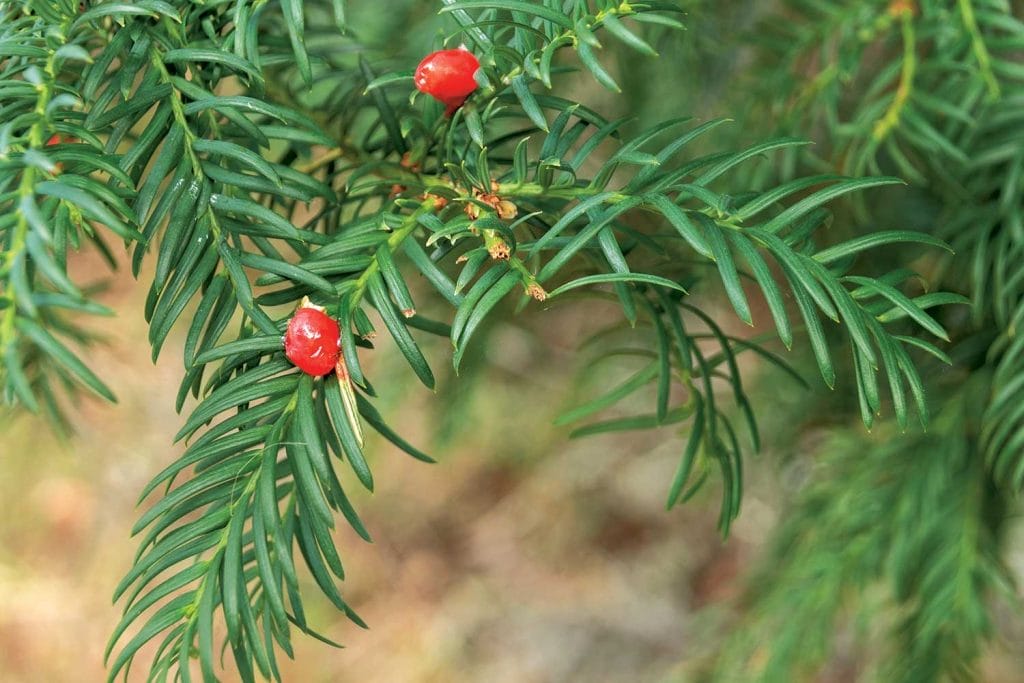
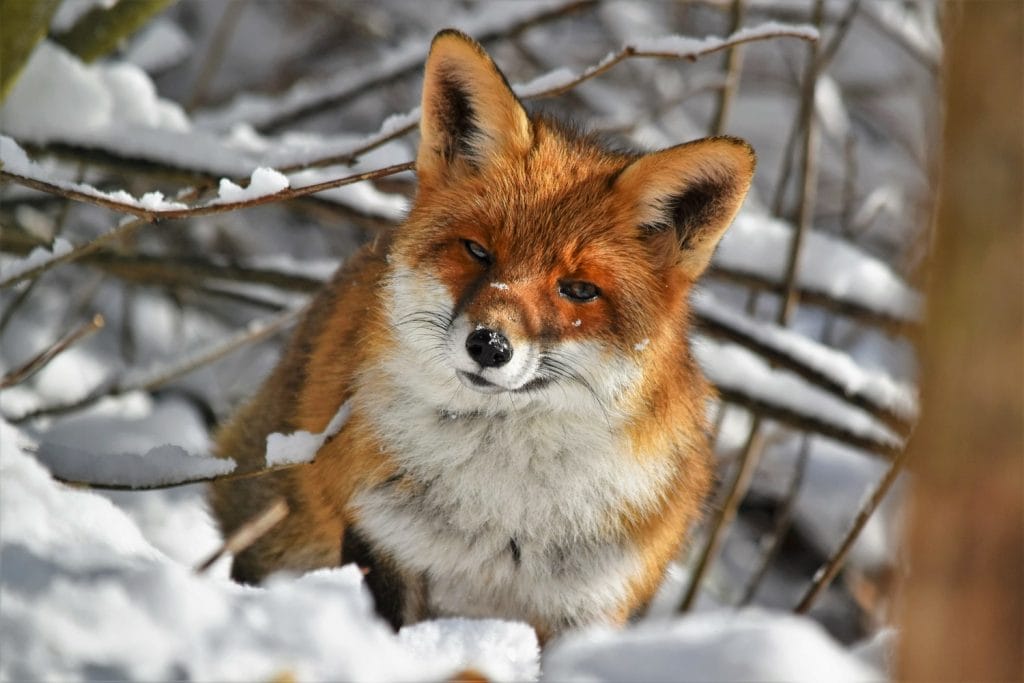
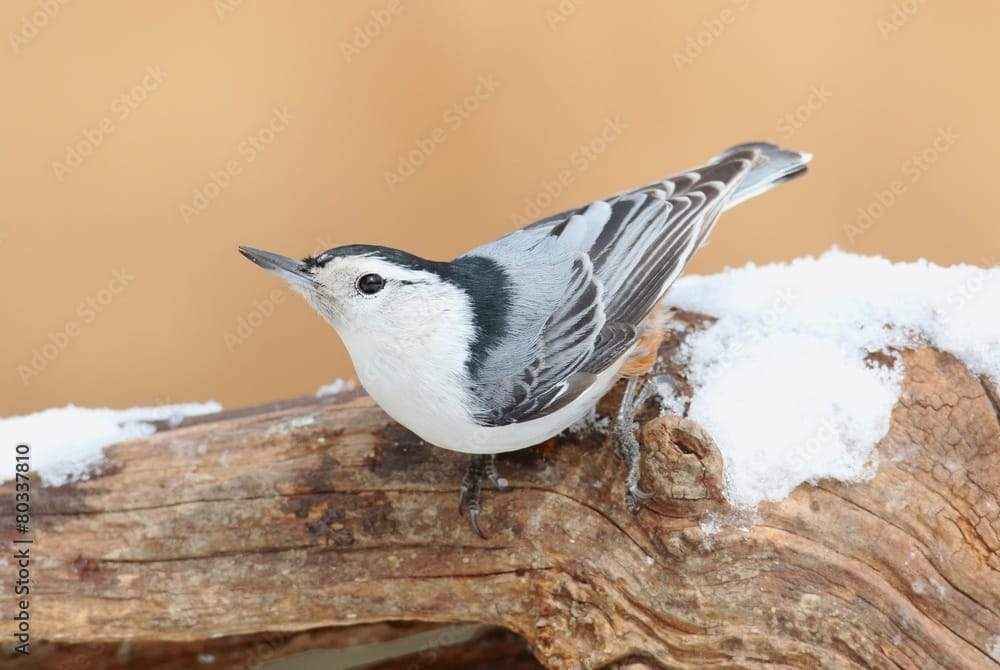
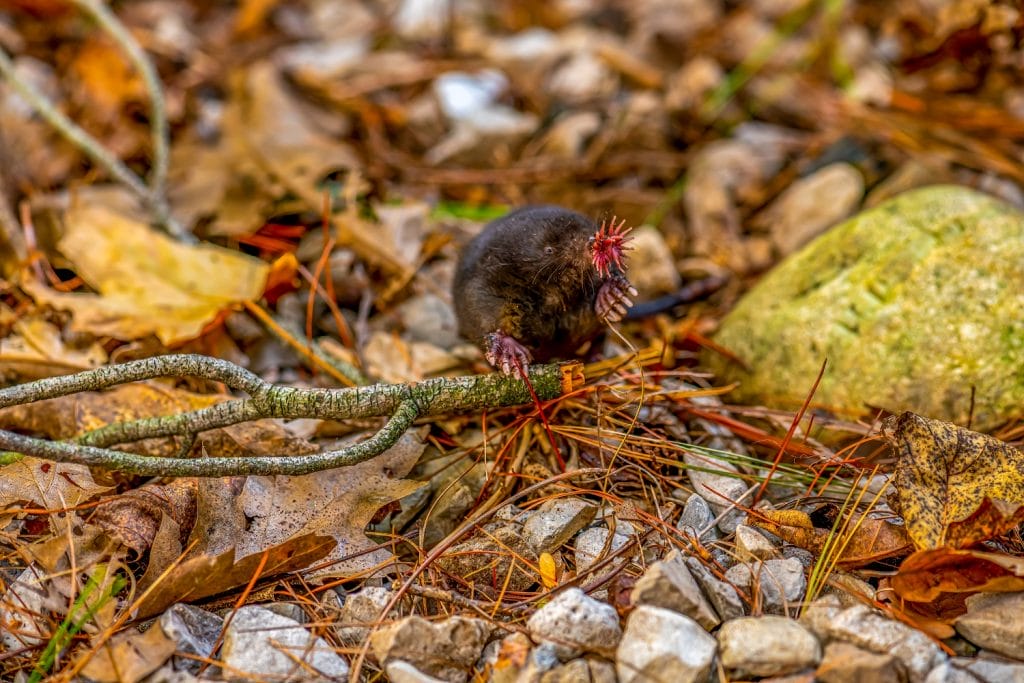


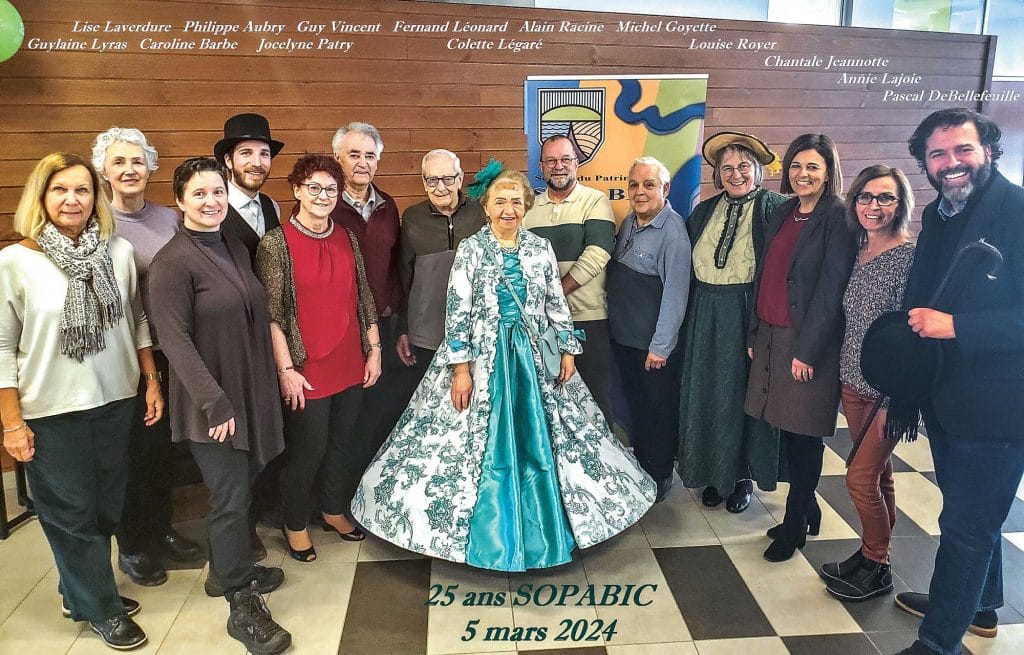


0 Comments